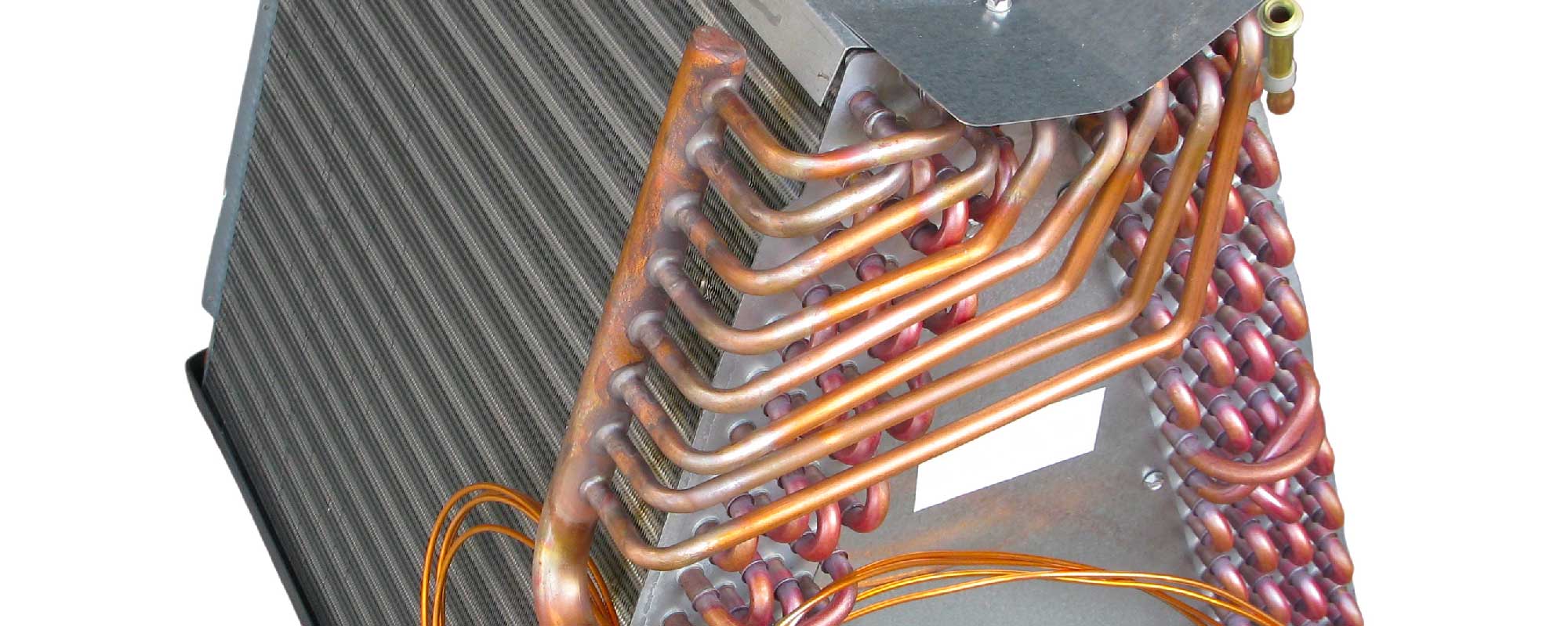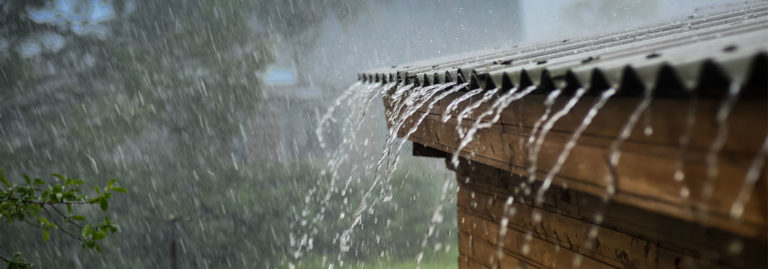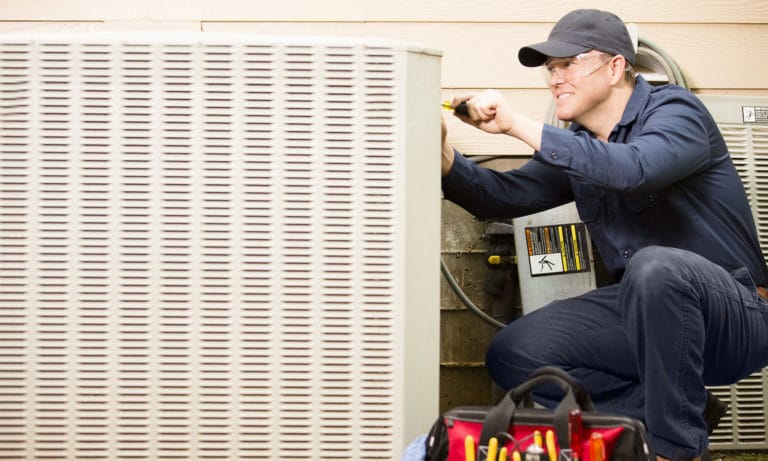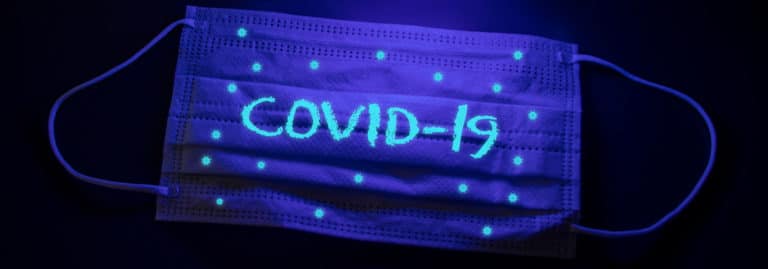What does an Air Conditioning Evaporator do?
Your air conditioner isn’t just a box that magically pumps out cold air, although it might seem like it at times. Take your AC evaporator, for instance. While it might seem mysterious, there’s really no mystery as to how it works and why your AC system needs it.
Air Conditioning Basics
Before we get into what your AC evaporator does and how it works, it’s important to understand how your air conditioner works overall. Think “subtraction” – air conditioners cool your home by removing the heat present in your home’s indoor air.
In order to remove that heat, your air conditioner needs a way to collect or absorb the heat and transfer it someplace away from your indoor spaces. That’s where the evaporator and condenser come into play.
Both components are quite similar to each other. In fact, they’re even connected to one another via refrigerant lines, but are located in different areas and have different roles to play in your home’s AC system. The evaporator is located deep within the indoor air handler portion of your AC system. The condenser, on the other hand, is located inside the outdoor cabinet that’s also part of your AC.
You also need a medium capable of absorbing, storing and releasing heat. That’s where the refrigerant comes in handy. As your AC system operates, the refrigerant alternates between liquid and gaseous states depending on where it is in the system.
How Your Evaporator Works
Think of the evaporator as a radiator that works in reverse. Instead of shedding heat, the refrigerant inside absorbs heat from nearby airflow. Here’s a play-by-play of how the evaporator works in a typical AC system:
- Refrigerant passes through an expansion valve and enters the evaporator in a low-pressure liquid form.
- Inside the evaporator, the refrigerant goes from being a low-pressure liquid to a low-pressure gas.
- The subsequent phase change allows the refrigerant to absorb heat from the surrounding air.
- Air passing over or through the evaporator coil becomes cooler as it loses its heat energy.
- Your AC system pushes the now-cool air through your home’s ductwork or directly out of a mini-split air handler.
- After absorbing the heat, the refrigerant goes through the compressor and ultimately into the condenser, where it releases heat after another phase change from gaseous form to liquid form.
In essence, your AC evaporator helps cool the indoor air passing over and through it, which in turn brings indoor temperatures down to manageable levels.
AC Evaporator Care Tips
Proper maintenance is a must when it comes to your AC evaporator. Dirty coils are a top problem for evaporators in most AC units, but frequent air filter changes and the occasional coil cleaning can help prevent large-scale buildup.
Evaporators can also encounter heavy amounts of ice buildup during operation, especially when temperatures near the coil surface drop below condensation’s freezing point. The end result is a frozen coil that could take hours to properly thaw out.
Trust Your AC Specialists
Now that we’ve managed to clear up that mystery, you can enjoy the cooling comfort of your air conditioning system. While you’re at it, check out our AC installation and AC repair services. Those can come in handy when it’s time to give your old AC unit the boot or if it needs a quality repair.








